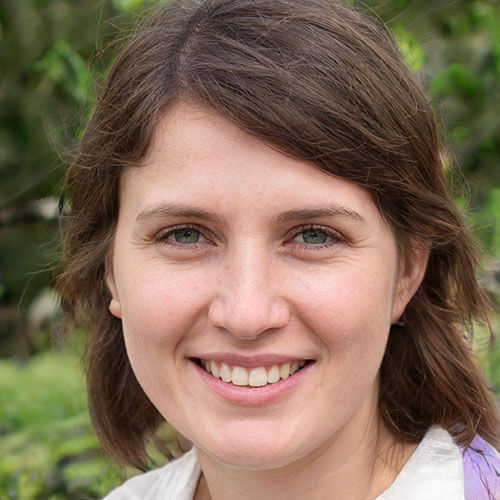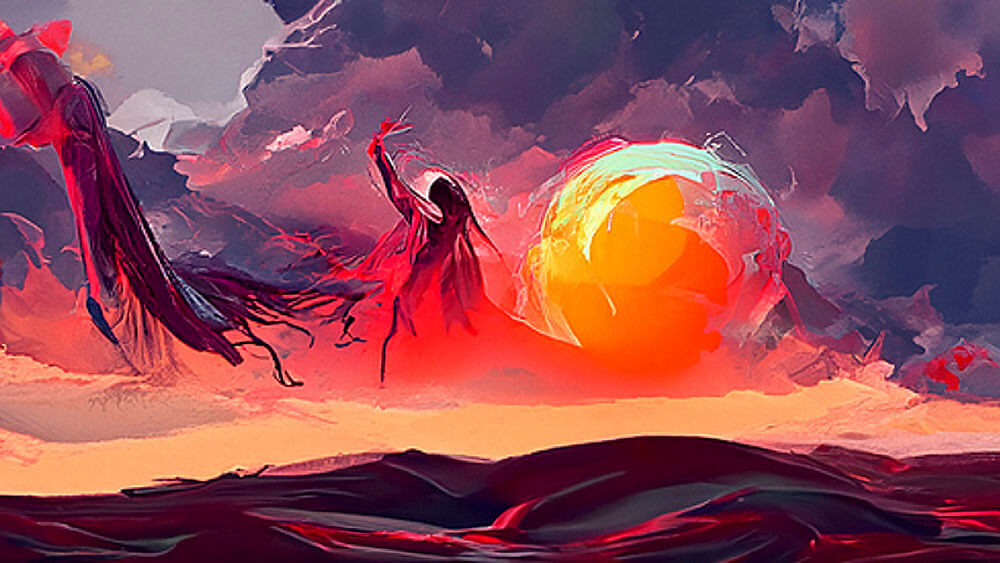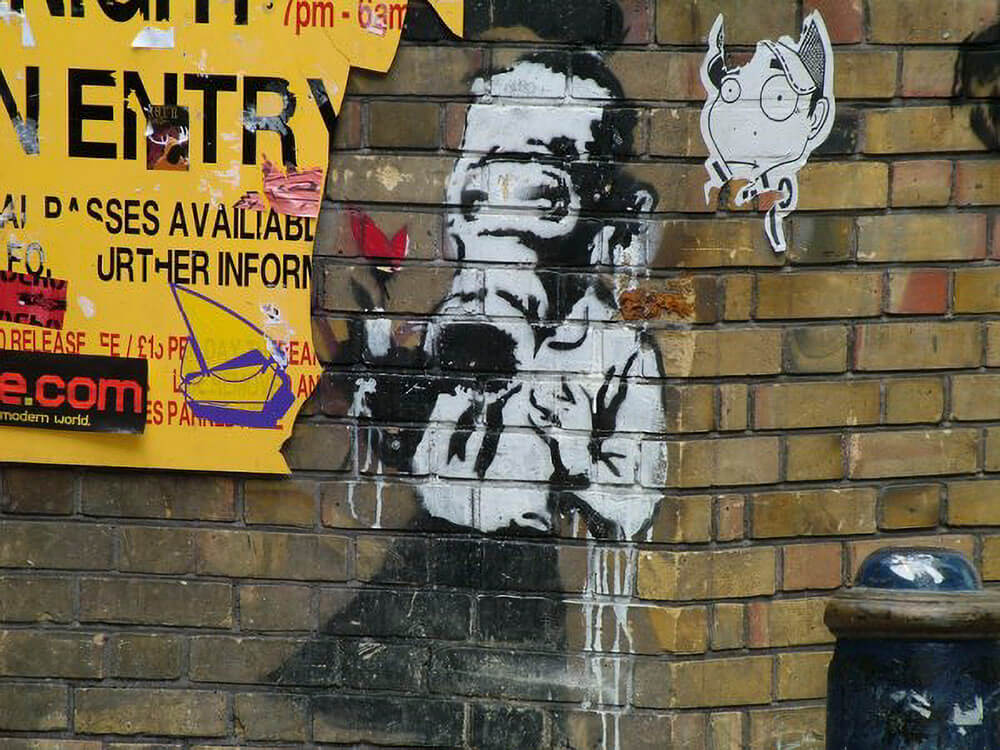By REESE JONES
THE ART community took a jolt when an “artbot” won first place at a Colorado State Fair competition in August.

Jason Allen admitted using the AI programme Midjourney to create the winning piece. Other competitors were outraged, adamant that art is about the creative spark of humanity. Allen says the criticism stems from a growing fear by artists that technology may some day take over their role. And AI certainly is beginning to make its forays into that world.
The technology can be a solution for the limitations of standard processes in many areas, according to insights on AI and jobs by global talent acquisition and recruitment firm Lee Hecht Harrison (LHH). AI has begun to improve some outplacement processes in HR and customer service industries — fields often criticised as being susceptible to human error and biases.
But AI provides more than convenience in the workplace. Early-detection cancer technology uses infra-red light to provide blood-test results in minutes. This technology can indicate the type and severity of tumours, allowing doctors and clinicians to fast-track treatments.

Do AI’s capabilities mean it will be taking over human jobs? Not quite. LHH cites a study from Harvard Business Review. It found that machines outperformed human-led processes for identifying the best applicants in a job search — but the study did not recommend eliminating the human factor. Critical and contextual thinking, and empathy, are things that AI cannot replicate.
Art is essential to the humanities, because we employ reflection, thought, and understanding when creating or analysing art. Art, in other words, is not done for art’s sake. It is part of an amalgam of human cultures. It can shape society — look no further than the anonymous-but-famous street artist Banksy for proof.
Banksy’s satirical and subversive stencils and epigrams have contributed to the discourse of art as a tool for the humanities, those branches of knowledge that concern themselves with human beings, their culture, and analytic and critical methods of inquiry.

The emergence of AI bot GANKsy has shown that AI can produce work that is eerily reminiscent of Banksy himself — but which would sell for a good deal less. Ultimately, GANKsy and the discussion on the power of AI will serve the same agenda as Banksy’s original artworks: art can never be divorced from any didactic, moral, political, or utilitarian function of human society.
It is vital to frame technological advancements, or AI’s power, within the context of human development. This means veering away from conservative notions regarding fear of the unknown, or sentimental and pretentious ideals of what “humanity” means.
We’ve seen increasing integration of AI across disciplines with the emergence of generative art projects such as Art Blocks, an organisation dedicated to bringing compelling works of contemporary generative art to life. Without human intervention, these advances would hit roadblocks such as copyright, because computer-generated projects toe the line between intellectual property theft and parody. This will continue to affect the discourse of digital art, and existing royalties and art competitions.
These arguments are based on historical, socio-cultural contexts that we recognise as a necessary part of societal progress. Answers to the question of whether art and AI will become a lucrative alliance or a ignoble fad will gradually emerge.




























